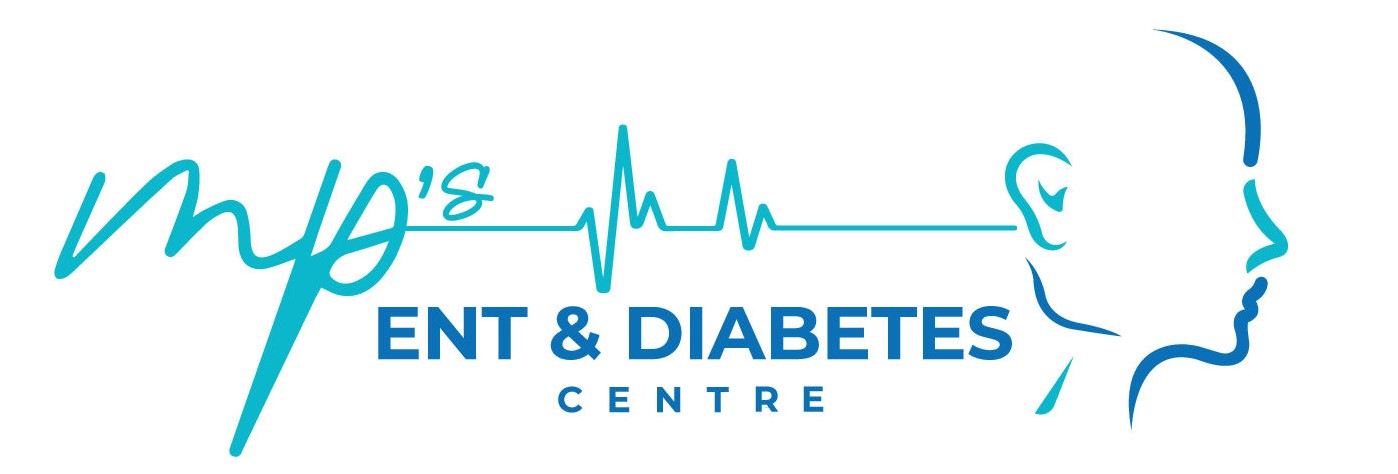Services > Nasal Fracture & Trauma Management
Nasal Fracture & Trauma Management
🔥 1. What is a Nasal Fracture?
A nasal fracture is a break or crack in the bones of the nose, usually the nasal bridge. It is the most common facial fracture due to the nose’s prominent position.
💡 2. Causes of Nasal Fractures
- Sports injuries (football, boxing, basketball)
- Falls or accidents (slips, car crashes)
- Physical altercations (punch or direct blow)
- Contact with hard objects (steering wheel, door frames)
🔎 3. Symptoms of Nasal Fracture
- Pain and tenderness in the nose or face
- Swelling and bruising around the nose and eyes (black eye)
- Bleeding from the nose (epistaxis)
- Crooked or misshapen nose
- Difficulty breathing through the nose
- Crackling or crunching sensation when touching the nose
- Nasal congestion or blockage
- Clear fluid drainage (could indicate a skull base fracture with CSF leakage—seek immediate care)
🔥 4. Diagnosis & Evaluation
When you visit a healthcare provider, they will perform:
- Physical examination:
- Inspect for swelling, deformity, and tenderness.
- Check for septal hematoma (a blood collection under the nasal lining, which requires urgent drainage).
- Imaging tests:
- X-ray: Identifies nasal bone fractures.
- CT scan: For complex or associated facial fractures.
- Nasal endoscopy:
- In some cases, used to assess internal damage or bleeding.
⚡ 5. Immediate First Aid & Management
If you suspect a nasal fracture, take these steps immediately:
✅ First Aid Tips:
- Stop the bleeding:
- Sit upright and lean forward (not backward) to prevent swallowing blood.
- Pinch the nostrils together for 10-15 minutes.
- Apply ice or a cold compress:
- Reduces swelling and pain.
- Apply for 15-20 minutes every hour for the first 24-48 hours.
- Avoid blowing your nose:
- Prevents worsening the fracture or causing further bleeding.
- Pain relief:
- Use acetaminophen or ibuprofen to manage pain.
- Seek medical care:
- If you have difficulty breathing, heavy bleeding, or a deformed nose, visit the ER.
🔥 6. Medical Treatment Options
Depending on the severity of the fracture, treatment may include:
✅ A) Non-Surgical Treatment
- Minor fractures:
- Managed with ice, pain relievers, and rest.
- The swelling subsides within 3–5 days.
- Nasal splinting:
- External splint or cast may be applied to stabilize the nose.
- Septal hematoma drainage:
- If present, a doctor will drain the hematoma to prevent cartilage damage.
⚡ B) Closed Nasal Reduction (Realignment)
- Performed for moderate fractures with mild misalignment.
- Done within 7–14 days before the bones heal.
- Procedure:
- Local or general anesthesia is used.
- The doctor manually realigns the bones using special instruments.
- A splint or nasal packing is applied for support.
🔥 C) Surgery for Severe Fractures
If the fracture is complex, surgery may be necessary:
- Open Reduction and Internal Fixation (ORIF):
- For severely displaced or multiple fractures.
- Realigns bones with small plates or screws.
- Rhinoplasty (Cosmetic Surgery):
- Corrects nasal deformities.
- Improves both appearance and breathing.
- Septorhinoplasty:
- Combines nasal realignment with septum repair.
- For cases involving deviated septum or airway obstruction.
- Reconstructive surgery:
- For complex fractures with significant disfigurement.
💡 7. Recovery & Aftercare
- Healing timeline:
- Minor fractures: 1–2 weeks.
- Complex fractures or surgery: 4–6 weeks.
- Pain management:
- Use prescribed pain relievers or over-the-counter medications.
- Nasal care:
- Saline nasal sprays prevent dryness and promote healing.
- Avoid blowing your nose for 2–3 weeks.
- Follow-up visits:
- To monitor healing and ensure the nasal bones remain aligned.
- Sleeping tips:
- Sleep with your head elevated to reduce swelling.
- Activity restrictions:
- Avoid contact sports or physical activity for 4–6 weeks.
🔥 8. Complications of Untreated Nasal Fractures
If left untreated, nasal fractures can lead to:
- Chronic nasal obstruction: Due to a deviated septum.
- Persistent nasal deformity: Crooked or misshapen nose.
- Septal hematoma complications: Can cause cartilage necrosis or saddle nose deformity.
- Frequent sinus infections: Due to obstructed nasal passages.
- Breathing difficulties: Long-term airway obstruction.
✅ 9. Prevention Tips
- Wear protective gear during sports or physical activities.
- Use seat belts and airbags when driving.
- Childproof your home to prevent falls and facial injuries.
- Avoid physical altercations when possible.
💡 10. When to Seek Medical Attention
You should see a doctor if you experience:
- Severe pain or swelling that worsens.
- Difficulty breathing through the nose.
- Persistent or heavy nasal bleeding.
- Visible deformity or misalignment of the nose.
- Clear fluid drainage from the nose (possible CSF leak).
